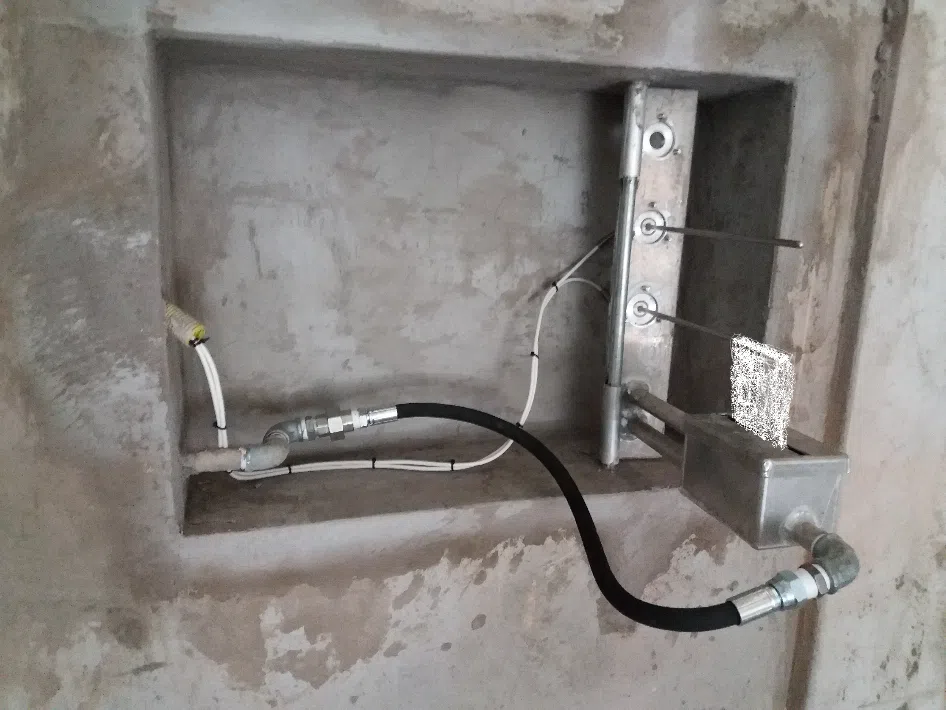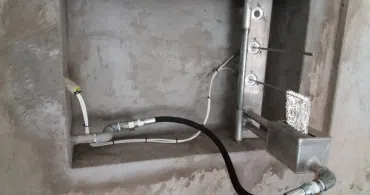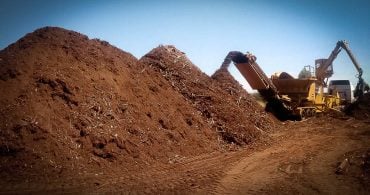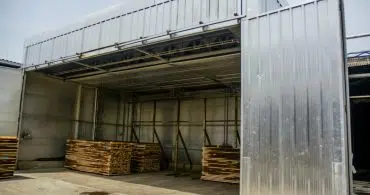
In environments where drying of materials is the main theme, the terms TBS and TBU are commonplace. The abbreviations TBS and TBU refer to Dry Bulb Thermometer and Wet Bulb Thermometer. The first, TBS, is a thermometer that measures the temperature of the environment where it is inserted. The second, TBU, refers to the temperature of the environment, also taking into account the humidity contained in the air in this environment. The area of ??engineering of physical properties, more specifically thermodynamic properties, of gas-vapor mixtures that deals with the subject is psychrometry. How to measure these temperatures? What precautions are taken to obtain the correct measures? How is this done in practice? To better understand the subject we must know some basic concepts on the subject: Ambient temperature: It is the temperature of the air in the environment where the thermometer is installed. It is the same as Dry Bulb Temperature, TBS. Wet Bulb Temperature: The wet bulb temperature is a measure of temperature that reflects the physical properties of a system consisting of the evaporation of water in the air. Evaporation consumes heat to happen, causing cooling, because, as the molecules of greater energy escape (evaporate) and those that remain have lower average kinetic energy, the temperature of the liquid decreases. An example for such a phenomenon is perspiration (sweat). Evaporation promotes cooling because it consumes sensitive heat and turns it into latent heat, consuming, in the case of water, about 540 calories per gram of evaporating water.
It is the temperature you feel when your skin is wet and exposed to air movement. The wet bulb temperature is an indication of the amount of moisture in the air. The lower the relative humidity of the air, the greater the amount of water that evaporates and thus the greater the cooling of the wet bulb thermometer, that is, the greater the difference between the TBS and TBU readings. The wet bulb thermometer has the bulb covered with a porous mesh (usually cotton), which is immersed in a container containing distilled water. This mesh is constantly wet due to the capillarity effect. Evaporation of the water contained in the surrounding mesh removes heat from the bulb, causing the wet bulb thermometer to indicate a lower temperature than that of the ambient air (measured by a dry bulb thermometer). This evaporation, and consequently the reduction in the wet bulb temperature, is all the greater the drier the atmospheric air is and is null when the atmosphere is saturated with water vapor (relative air humidity equal to 100%). Relative Humidity: It is the amount of water contained in the air in relation to the maximum amount that the same air could contain under those conditions, it is expressed in%. Thus, if the humidity in the air is at 100% it means that the air in those conditions will not absorb more moisture without condensation.
To quantify: 1 ??m³ of air at 30 ° C and 100% relative humidity contains about 30g of water (this amount depends in part on the atmospheric pressure of the place, or altitude). If the amount of water is 15g, that air would be at a relative humidity of 50%. Absolute Humidity: Absolute humidity on a volumetric basis is the absolute amount of water in a portion of the atmosphere. The most common unit of measurement (used in SI) is kilograms per cubic meter (kg / m³). If all the water in a cubic meter of air is condensed in a container, it will contain all the water contained in that portion of air (a cubic meter) and the amount of condensed water can be weighed to quantify the absolute humidity. Using the same example as above, a portion of air has an Absolute Humidity of 0.030kg / m³: this means that in that temperature condition the volume of 1m³ of air contains 30g (0.030kg) of water. Equilibrium Humidity: When a hygroscopic material (such as wood, paper, grains, natural fiber fabrics, etc.) is exposed to an environment, it loses or gains water to adjust its own humidity to a condition of equilibrium with the environment. Equilibrium occurs when the vapor pressure of the material’s surface equals the water vapor pressure of the surrounding air. How to correctly measure these quantities? For the purpose of this text, we will talk about the devices used to measure these quantities in the environment of a wood dryer. TBS: this measurement is made by Pt100 type sensors. This sensor is a platinum resistor whose resistance is proportional to its temperature. This sensor is inserted in a protection well made of stainless steel. The sensor is connected to an electronic module that converts the value of the platinum resistor into an electrical signal used by the indicator / control system. TBU: uses the same sensor as TBS, however, the body of the protection well is surrounded by a cotton fabric immersed in a container with water at room temperature. Reading is done in the same way as TBS. UR: can be measured directly by means of sensors based on a lithium salt or by measuring TBS and TBU and consulting a psychrometric chart. UE: Can be calculated or measured using a resistive type sensor, similar to wood moisture meters.
UA: its measurement is used only in processes where the temperature is high, that is, where the psychrometric chart does not offer reliable values. Direct measurement methods involve ultrasound speed sensors and capacitive sensors mounted on ceramic sunstrates. Measurement Cautions: Some important considerations for obtaining a good measure of TBS and TBU are as follows: Use sensors of good quality, which have good linearity between temperature and resistance value, which have the proper sealing to the process avoiding moisture infiltration and allow the measurement of resistance to three or four wires. The sensors should be installed at points in the process where the air flow is representative and continuously renewed. Regarding the wet bulb measurements, we should also observe the following aspects that are very important: The sensor must be covered with a cotton cloth that is immersed in a water container. The cotton cloth must be installed in the portion of the protection well where the temperature sensor is internally. Usually this region is the end of the well (4 to 5 cm from its end). The distance from the sensor rod to the surface of the wetting water should be in the order of 10 cm. The container with the moistening water must have a float mechanism that guarantees the constant water level and prevents the continuous renewal of that water. It is very important that the TBU is exposed to the air flow that circulates through the drying wood piles. A TBU installed outside this flow will indicate erroneous values ??which will result in poor drying. Author: Celso Martini Commercial Director – Marrari Automação




